The four questions FMCG brands need to ask before embarking on a nostalgia campaign
If you were looking through marketing industry news, you’d be forgiven for wondering what year it actually is. Increasing numbers of large brands are turning back the clocks to earlier styles of advertising, revisiting old slogans and icons, once again nostalgia is zeitgeist. But is it the golden goose for everyone or just for some?
For some brands, embracing nostalgia campaigns has enabled them to re-engage previously-lapsed customers, increase consumer trust and loyalty and grow their market share, let’s first unpick why it seems that nostalgia is the flavour of the month.
1. Why is nostalgia everywhere now?
One; look at the news and you’ll see Ukraine, inflation, the cost-of-living crisis, climate change… you would do well to find some good news. Not surprisingly a seemingly less open and more treacherous world drives us to, not unreasonably, reach for a time of comfort and safety. We want to escape the unsettled reality we’re living to achieve what we perceive to be a happier, safer, more pleasant time.
And reaching for a time of comfort doesn’t just mean reaching back for a time period within our own youth. Generation Z have shown a surprising appetite for 90’s culture, with a recent study showing a third of them are nostalgic for the 90’s, despite being born in the 00’s. (1)
No doubt aided by an engaging repackaging of the 90’s in popular TV shows such as Stranger Things, or live action versions of Disney animated movies, or a sequel to Top Gun, a mere 36 years after the original – the list goes on. Yesterday is the new today, even Byker Grove is making a comeback rebooted by Ant and Dec.
Given the rise of nostalgia in popular culture, it would appear to be a no brainer to follow the trend and for brands to be part of the conversation and embrace it. And indeed, for some brands it can be a great approach.
For example, Ferrero’s TicTac brand saw a drop off in brand relevancy and saliency during lock down as natural usage occasions declined. We needed to find a way to force TicTac back into the daily consciousness of its core audience. An audience that at the time was primarily surfing YouTube for light relief as they soldiered through lock down. We knew where they were, but we didn’t know what they wanted to hear until we delved back into the brand’s iconic past and talked to consumers about what they loved about the brand. Many of the fondest memories were linked to the hugely salient territory of ‘shake your TicTacs’. So, we leant into this fondly remembered language from that era with a fresh, thoroughly modern, highly relevant new approach. ‘Shake Breaks’ encouraged people to refresh their mouths and their moods with a burst of much needed TicTac positivity, fun and silliness. We gave them a highly charged dose of the light-hearted fun that made them fall in love with TicTac in the first place.
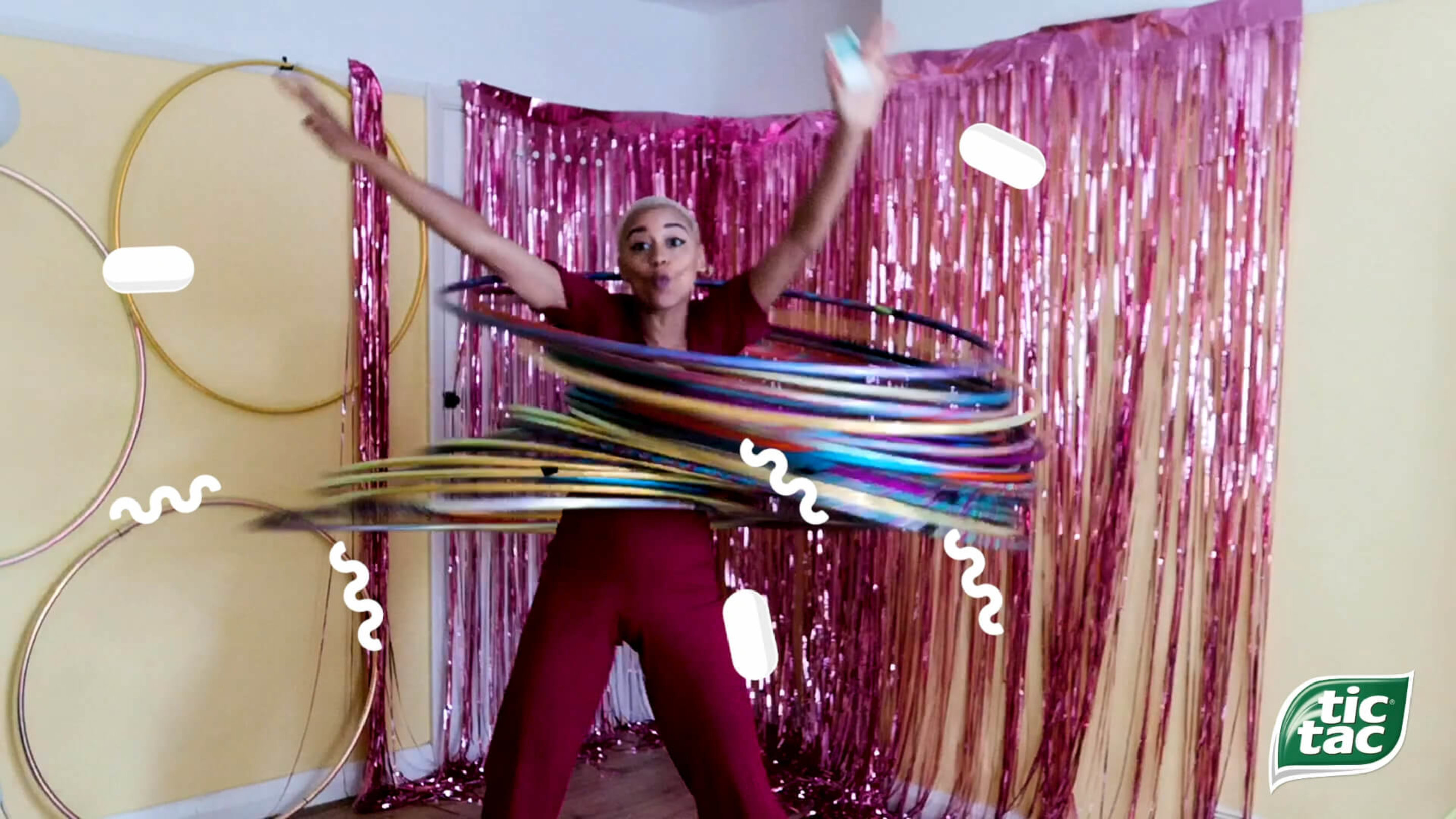
With Rachel’s Organic yogurt, we faced the challenge of a small player in a cluttered market. A deep dive into the brand’s culture and consumer reactions showed that their history wasn’t just more interesting than other brands’ it also offered them a relevant and ownable positioning in today’s culture. The fact that this was a successful company, started and carried on the shoulders of three generations of strong women since 1952 really cut through with consumers. Women succeeding in the face of prejudice really struck a chord with today’s consumer and gave us the creative springboard we needed to produce a campaign that transformed the fortunes of this smaller market player. And so, a ‘Taste for Rebellion’ was born.
In our experience, identifying an interesting historical angle and executing it well, can reap rewards. But like most things in life, it’s not a one size fits all model.
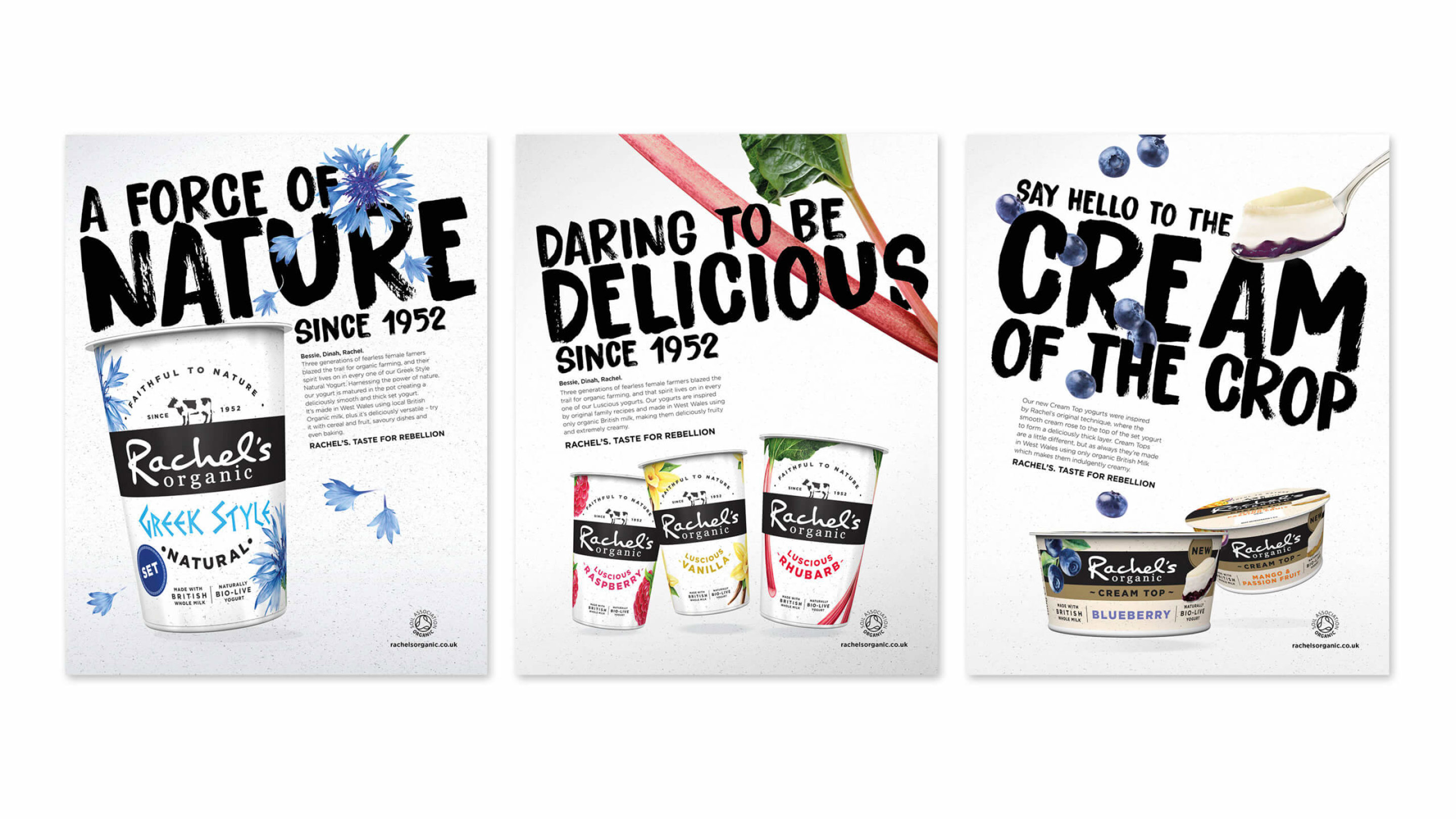
2. When is nostalgia not the answer?
For some FMCG brands, especially those without years of national scale behind them, nostalgia can be a tempting distraction. A cultural party you want to join, but lack the cultural capital. You wish you could find an angle, but the brutal truth is that the brand wasn’t built on a heritage foundation in the first place and it’s not what excites consumers about you.
Four potential pitfalls of nostalgia in advertising:
- Pitching the era correctly with a fresh executional approach grounded in audience insights is critical. Done badly, nostalgia has the potential to alienate younger audiences who just don’t understand the references you’re making.
- If your product doesn’t have a relevant role in today’s world, a nostalgic approach to advertising can signify, to some consumers, a lack of innovation and originality. Consumers can mentally place you in the yesterday bucket with not just the positives of the past, but also the negatives.
- Brands that don’t have a credible heritage angle will be found out. If you weren’t really part of the 90s for the masses, are you trying to force a memory association that just doesn’t really exist? Are you linking back to memories of happier times in which your brand actually featured, or are you just trying to link your product to happier times? They are two different things – the former more credible and believable than the latter.
- It’s all too easy to celebrate the time period rather than the product. Don’t fall into the trap of reigniting a warm, fuzzy feeling about times gone by that doesn’t have a positive halo on product perception and consideration.
3. So, if not nostalgia, how can I drive brand growth?
First stop is to find the new memories being made around your product. What do people love about your offering? How does it fit into contemporary life? And what can you do with it that is relevant to the current generation in a way that gets them excited?
With Kinder Surprise, there were many heritage stories to trade on. It was first launched in the UK way back in 1974 and there are generations of people who look back fondly at Kinder Surprise as a treat and a toy all in one. A nostalgic campaign would have been highly credible for the brand, but our insight work established that wasn’t what excited parents (or their children) about play today. Broad brush labelling of screen time being ‘bad’ wasn’t always the reality. In fact, for a lot of parents, shared fun around a screen could be as fun as traditional play, enabling them to enjoy digital play not just in the home, but also on the go. With this in mind, we leaned into the great new ways that Kinder Surprise toys can be used to facilitate the spontaneous ‘phydigital’ moments of fun that parents and children can have on the go with Kinder Surprise in today’s world.
For this Ferrero brand, nostalgia was the obvious route but not necessarily the best opportunity to drive growth. Instead, ‘Pop up Play’ gave Kinder Surprise a role in family life that is as relevant today as it was yesterday, drove uplifts in relevance, brand love and sales.
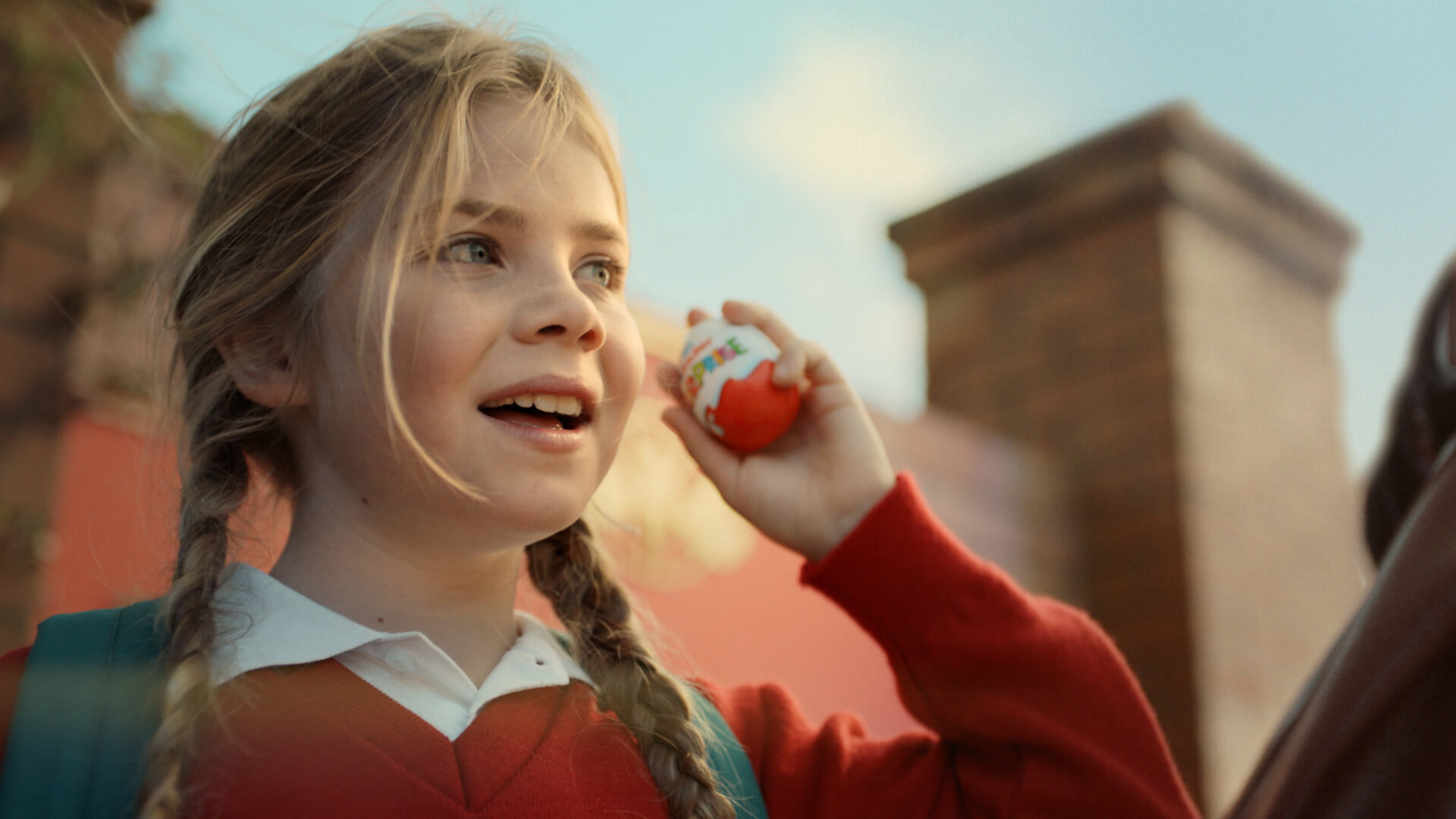
4. The four questions to ask before embarking on a nostalgia campaign
- What is your purpose and reason for existing? Don’t let the nostalgia trend (or any trend) overpower your core reason for being.
- What is the relevancy of my brand to my audience today? What is the most relevant thing you can talk about now for your brand, not just what is most relevant in wider culture?
- How can my brand help consumers in the now? Telling a story of how the brand worked in the past will not drive growth today.
- What memories can my brand make for tomorrow? Just because you aren’t trading off old memories doesn’t mean you shouldn’t be aiming to create new ones.
Contact Camilla Moran, Head of Account Management
Whether you think the nostalgia trend could represent an untapped and exciting opportunity for your brand, or you want to create something totally fresh that will get today’s consumers excited about your brand and its place in their lives, let’s chat and see how we could work together to deliver something truly memorable.

What else is going on
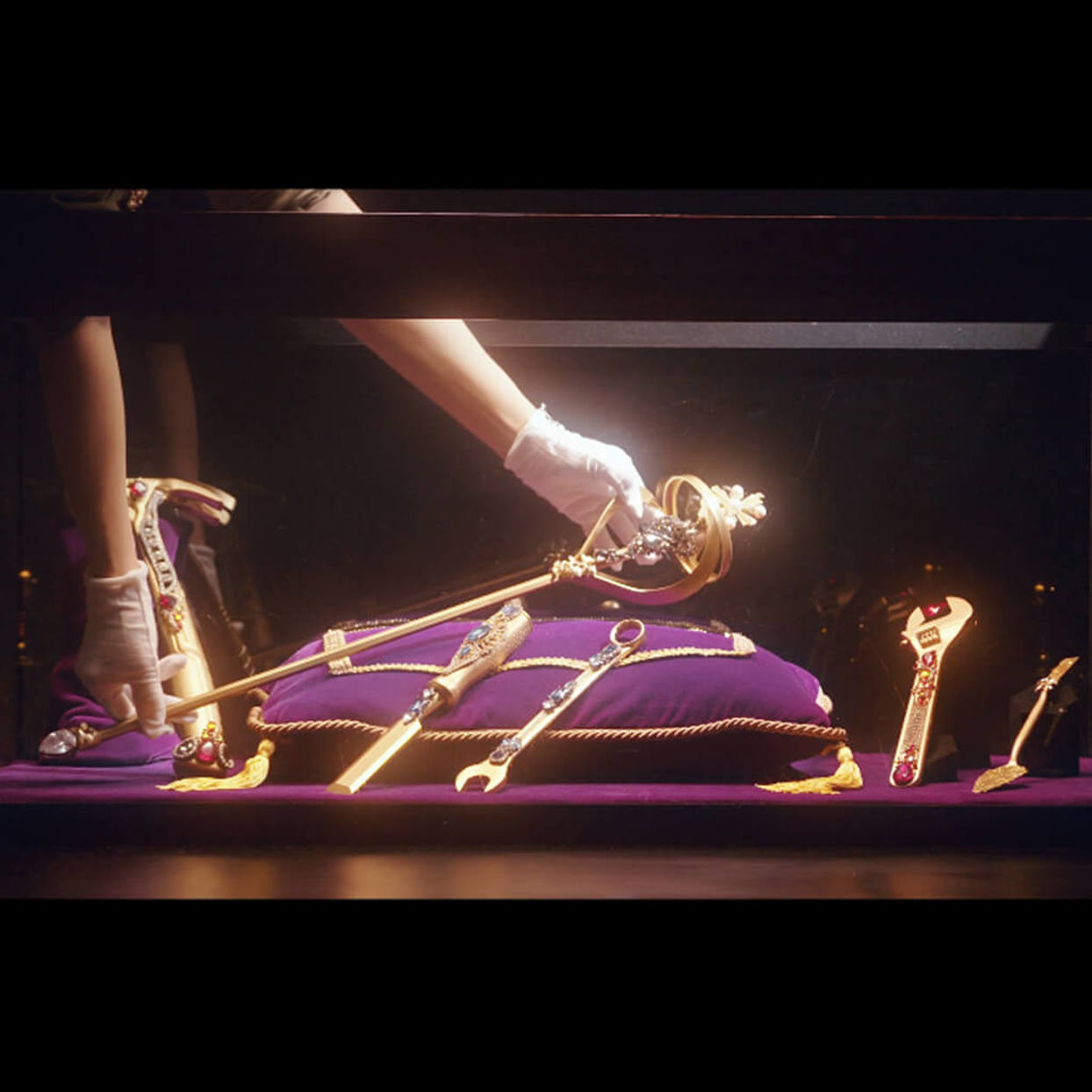
The Crown Tools
Putting Toolstation front of mind during celebrations for the Queen’s Jubilee.
Find out more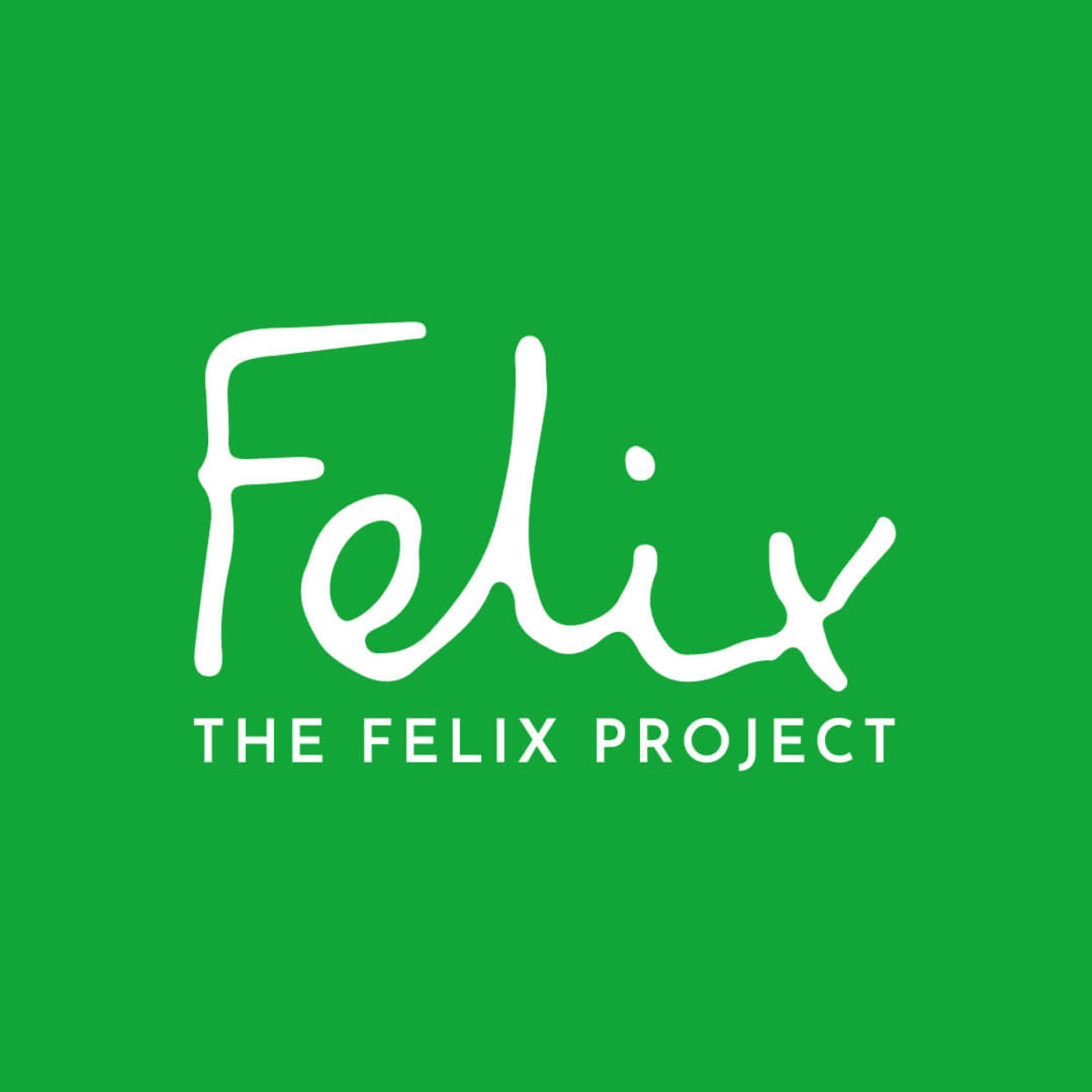
Hunger and Homelessness Awareness Week
This week saw krow London partnering with The Felix Project to volunteer their time and hit the streets of London to collect surplus food from supermarkets, restaurants and delis, before redistributing it to local schools, homeless shelters and food banks.
Find out more

